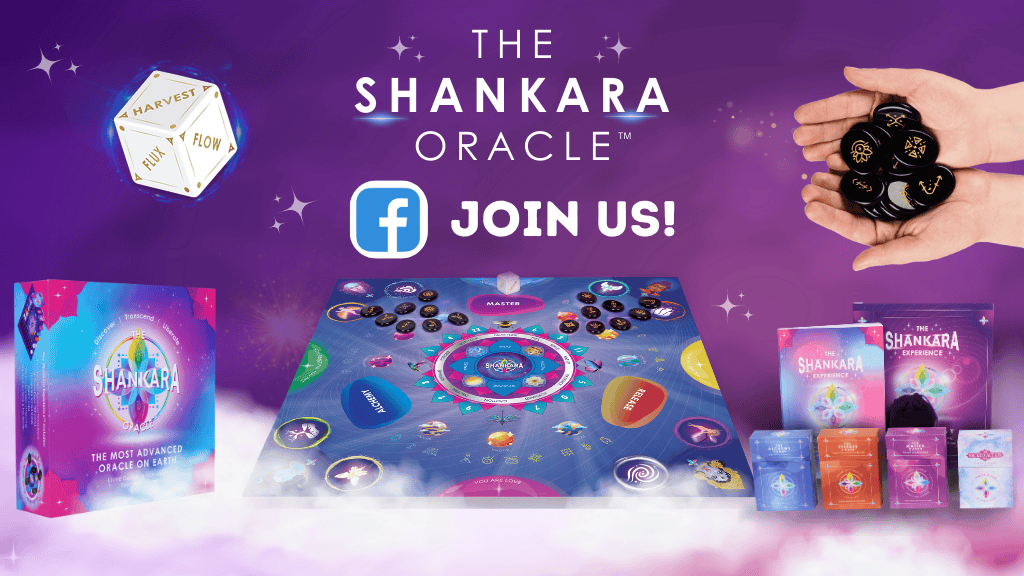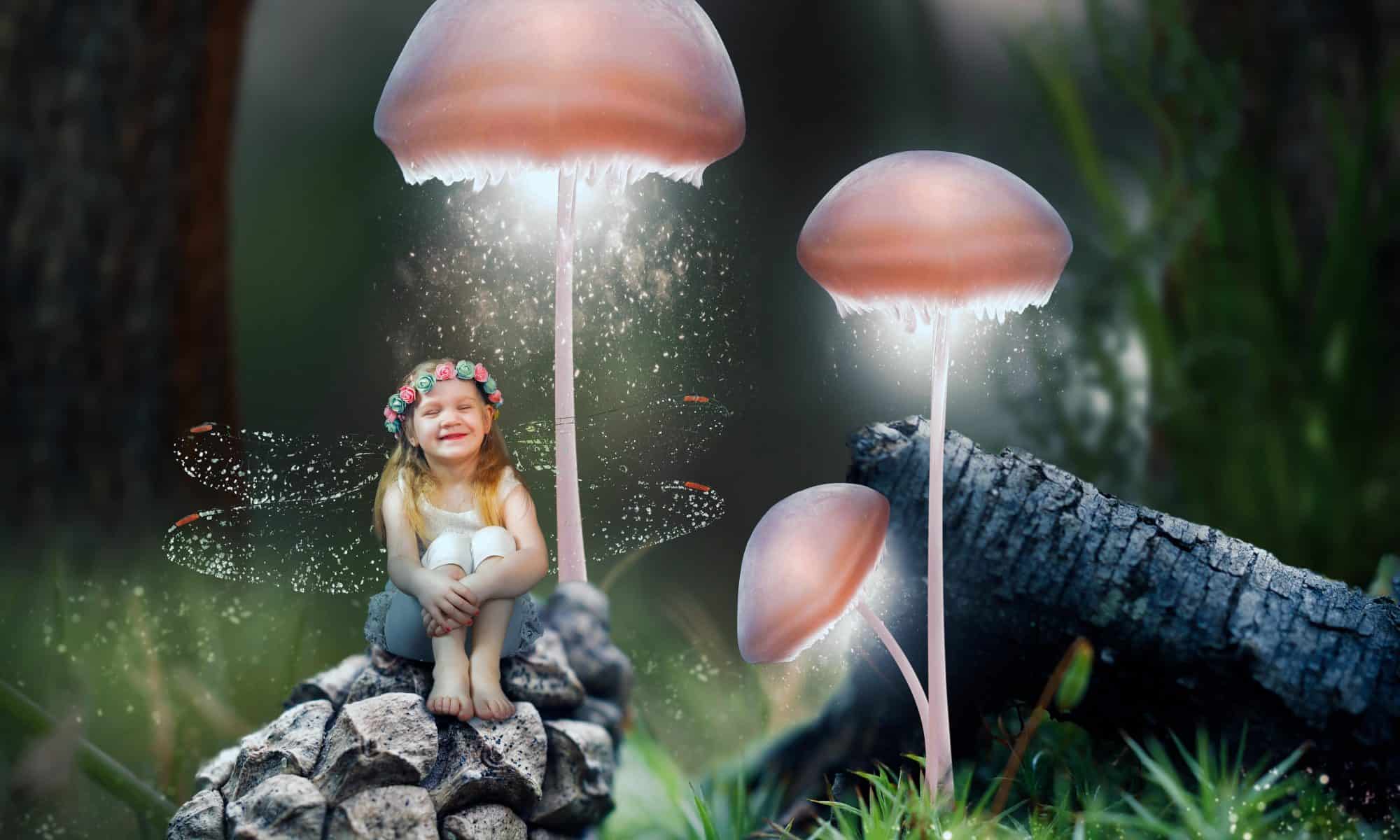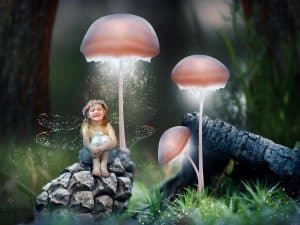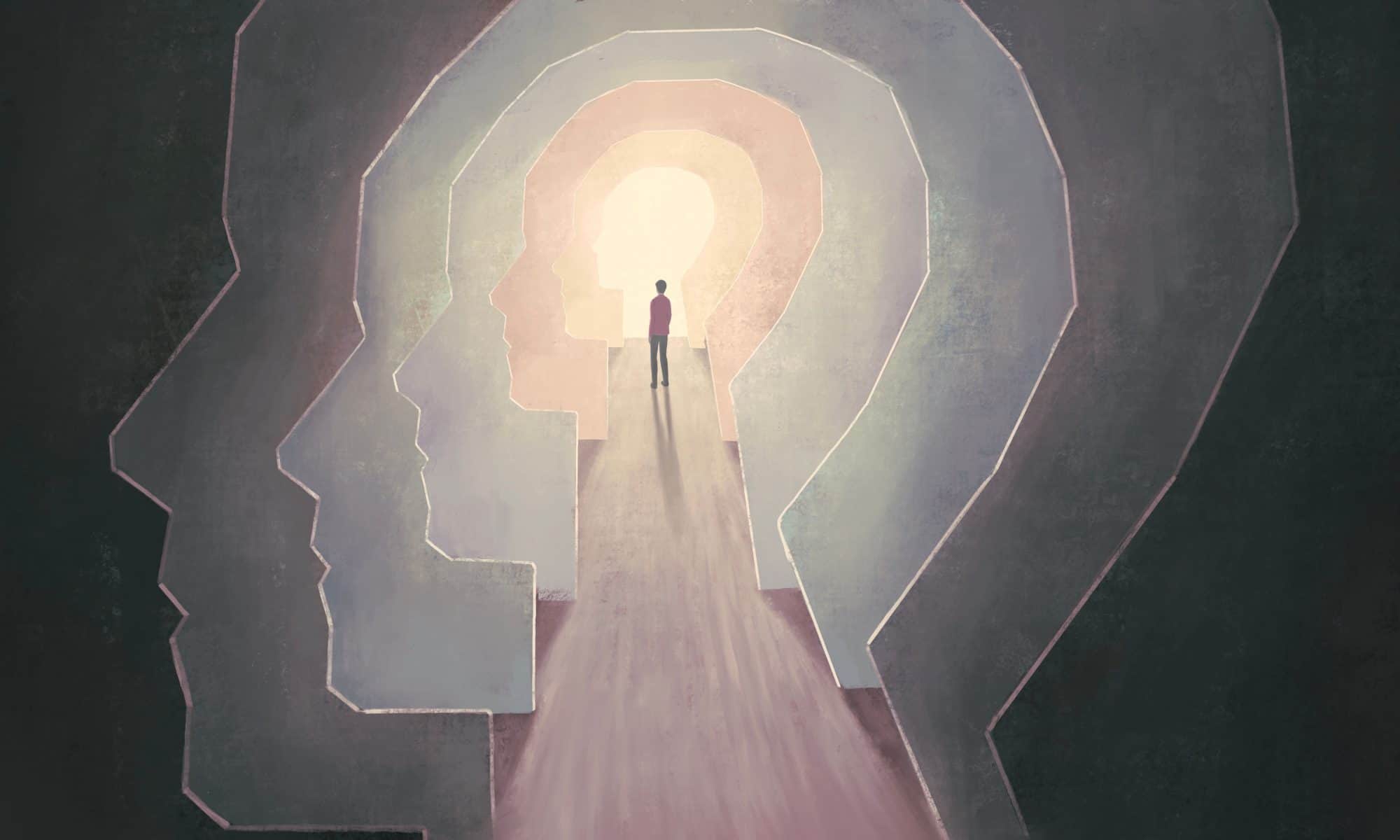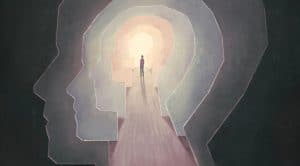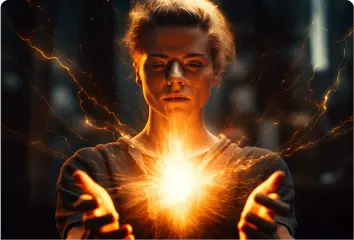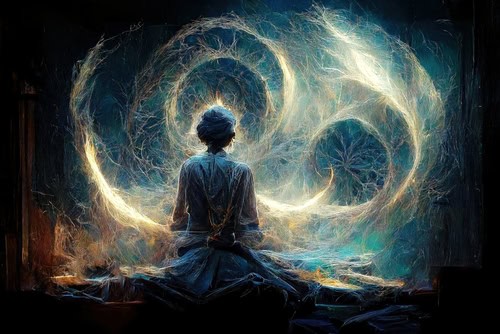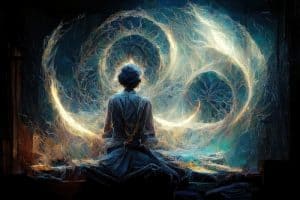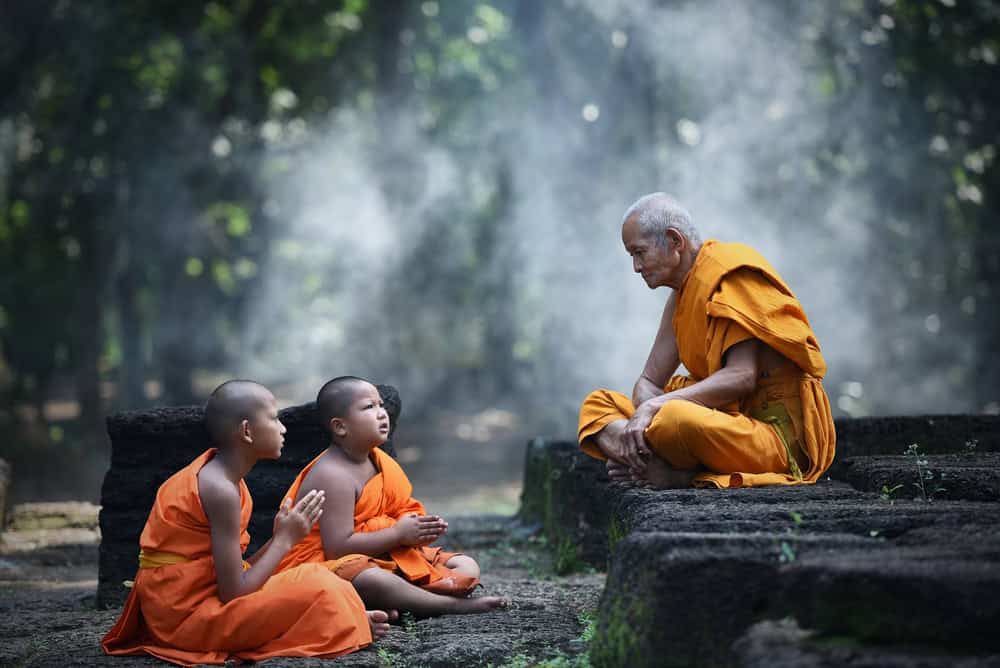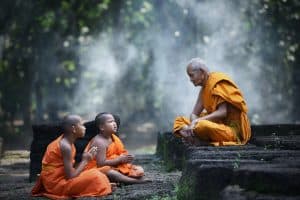The Life & Love Of Sri Sri Ravi Shankar
In my articles, I cover all kinds of famous figures, spiritual gurus, and divine masters who have graced this earth with their messages and leadership. None are quite like Sri Sri Ravi Shankar, one of the modern era’s most profound spiritual leaders and change-makers. The life of Sri Sri Ravi Shankar is both astounding and inspiring, and everyone would do well to learn more about him and delve deep into spiritual practices using his guidance. In fact, I urge you further to get involved, explore his many resources, and bring his light to others as well.
Sri Sri Ravi Shankar’s Early Start
By the age of four, Sri Sri Ravi Shankar was already being singled out by his teachers as extremely intelligent both academically and spiritually. He hails from Southern India, was born in 1956, and grew up affected by the world’s tumultuous tendencies of war and conflict. Out of this time of darkness and uncertainty, Shankar became a light of love, anti-violence, and anti-stress.
Before he was five years old, Shankar could recite the entire ancient Sanskrit text used for meditation called the Bhagavad Gita. At 26 years old, he committed to a period of silence for 10 days. It was out of this period of silence that Shankar began developing his now-famous breathing technique, The Sudarshan Kriya. He also finished up his academic pursuit of knowledge with degrees in both the Vedic language and in physics.
Ravi Shankar’s Message For the World
From an early age, Sri Sri Ravi Shankar began spreading his message. He began saying at first, “I have family everywhere. People are waiting for me.” Then, his message slowly formed that the whole world is one family – that we cannot be divided and pitted against each other because of cultures, religions, or location. His mission became to unite everyone in peace, nonviolence, and compassion for each other. 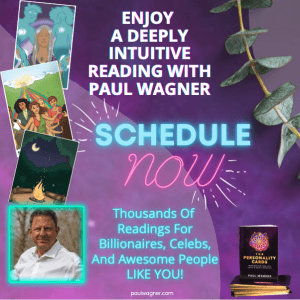
Ravi Shankar believed that everyone should live a deeper and more joyous life, so he created countless tools and techniques that spread his message and helped others escape their woes. The tools and techniques that Shankar has provided aim to improve everyone’s emotional, physical, social, and spiritual health.
Founding The Art of Living
Much of Sri Sri Ravi Shankar’s influence in the world has come through his humanitarian organization called The Art of Living, which he founded in 1981 and has helped to grow rapidly. The organization is a global nonprofit that spans multiple initiatives, making everything possible including trauma and crisis relief, solving hunger, uplifting education, and even improving infrastructure across undeveloped populations. 
The first project that kickstarted The Art of Living was an initiative to help support a failing school in India. Shankar wanted to ensure that all kids in India could have access to education and to the food that they could receive while attending. Now, this humble project has turned into the revival and installment of 702 schools that remain free to attend for over 80,000 children living in the rural regions of India.
Since then, The Art of Living’s reach has grown across the globe in truly extraordinary ways. The organization has its hands in 156 countries and has been estimated to reach, inspire, and help over 500 million people.
Shankar’s Courses, Tools, and Programs for Humanity
Throughout Ravi Shankar’s efforts, he has created 57 different courses that help all kinds of people in a wide spectrum of situations and institutions. His courses include all kinds of topics, including Yoga, prison programs, meditations, blessings, ayurvedic cooking, and so much more.
For example, one of Shankar’s most successful programs is The Art of Living Prison Program, which offers outreach to prisoners to help with mental health and reform. The program has reached out to rehabilitate over 800,000 prisoners globally and spreads the message that each prisoner is not a totally bad person, but instead a victim crying for help.
Shankar also has a few programs in the United States, including the Welcome Home Troops program to uplift veterans out of the suffering of depression and PTSD and a youth empowerment program to fight gang violence and addiction in the inner cities.
The Legacy of Guradev Ravi Shankar’s Global Conflict Resolution Efforts
At the heart of Shankar’s message is nonviolence and an stress-free world, so naturally, a large part of his efforts was in helping to resolve political and cultural conflicts across the globe. Shankar spoke to militiamen, terrorists, and political leaders alike to change hearts and minds and unify war-ravaged countries. 
Starting in India, Shankar convinced thousands of militants to lay down their weapons in exchange for participating in unified meditation. He was also able to end a 52-year-long conflict in Columbia, eventually winning him the highest citizen award in the country. Even in Iraq, Shankar has hosted several peace conferences to bring relief to such a conflict-torn country full of terrified and struggling citizens. The Hizbul Mujahideen Terrorist Outfit even openly spoke out that they realized the wrongs of their ways because of Shankar’s message and decided to spread messages of love and nonviolence in their land instead.
Over the years, Shankar has been publicly thanked by several political leaders for his efforts and message, including the Crown Prince of Fujairah Mohammed bin Hammad bin Mohammed Al Sharqi in the UAE and the Vice President (now President) Joe Biden of the US.
COVID-19 Initiatives
Sri Sri Ravi Shankar’s The Art of Living organization helped fight the many facets of the coronavirus pandemic as part of its humanitarian initiatives. This specific project was named the “I Stand With Humanity” Initiative and included projects both in his home country India and abroad.
The initiative identified that wage-earners across India were working throughout the duration of the pandemic despite the fear and dangers, so they provided over 80 million meals to those workers in over 170 cities. There were also 6 tonnes of food distributed to over 5 million families who were struggling to stay afloat.
To support the healthcare system and its workers, who were crushed under the physical, mental, and emotional weight of COVID-19’s impacts, The Art of Living Organization also helped to set up 7 new COVID care hospitals stocked with over 200,000 PPE kits. Shankar also decided to offer mental relief programs to migrant workers and COVID response heroes who were suffering.
The World’s Meditate campaign was also born from COVID to push back against the mental impact that the pandemic had on people. Shankar hosted live virtual meditation sessions two times a day for anyone across the globe seeking relief.
Not Even The Environment Is Forgotten
Sri Sri Ravi Shankar’s life and legacy even surpassed the betterment of society. His programs also included many initiatives to help the environment. In its existence, The Art of Living has been able to revive 49 of India’s rivers and thousands more bodies of water, as well as run over 100,000 drives to clean up trash and plant 81 million trees. Further, there have even been initiatives to teach farmers about natural farming, spread education about environmentally-friendly sources of energy, and empower rural villages across India to use solar energy. Overall, there is a massive network across the globe of volunteers who help respond to climate disasters affecting communities everywhere.
Live A Life Informed By Sri Sri Ravi Shankar
Anytime you tell yourself that one person could never possibly change the world, remind yourself of the incredible impact Sri Sri Ravi Shankar has had across the globe. He is only one person, but with a beautiful message, a huge heart, and a drive to spread his light and love, Shankar has left no stone unturned in his destiny to better humanity. There’s nothing stopping you from doing the same!
BLESSINGS TO YOU! STAY GRATEFUL!
There is no “Other.” There is only you experiencing yourself.
Meet Paul Wagner
Paul Wagner (Shri Krishna Kalesh) is an intuitive mystic, clairvoyant reader, and a loving life & business coach. He created “THE PERSONALITY CARDS,” a powerful Oracle-Tarot deck that’s helpful in life, love, and relationships.
He created The Shankara Oracle, a profound divination tool that includes 18 gemstones, a lavishly designed divination board, and over 300 penetrative oracle cards – all to help you heal to your core and illuminate your Being.
Paul studied with Lakota elders in the Pecos Wilderness, who nurtured his empathic abilities and taught him the sacred rituals. He has lived at ashrams with enlightened masters, including Amma, the Hugging Saint, for whom he’s delivered keynotes at Her worldwide events.
Paul tours the world lecturing on spiritual liberation. He lovingly offers intuitive readings, inspirational coaching, and illuminating courses to help others with self-discovery, decision-making, healing, and forgiveness. Book a session with Paul: HERE

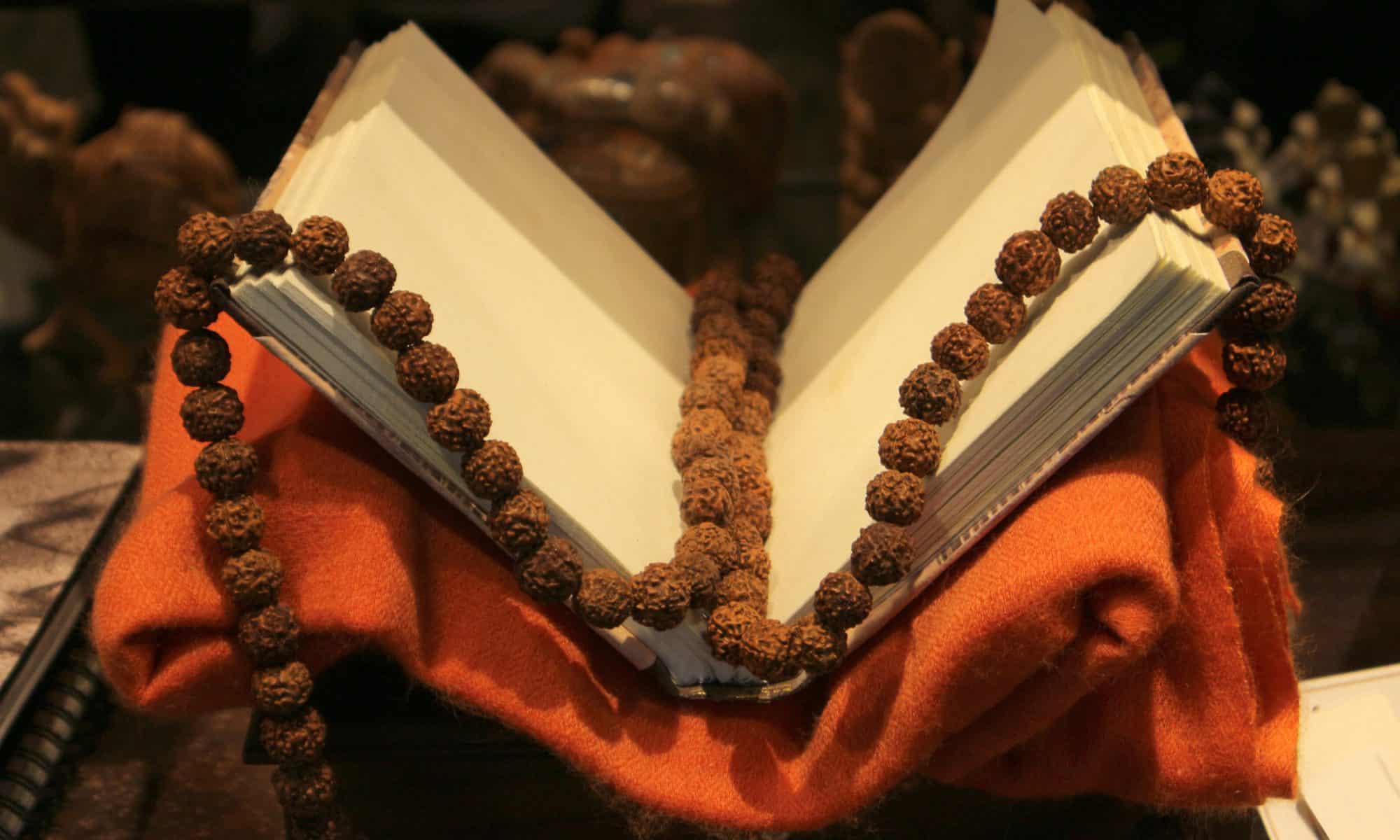



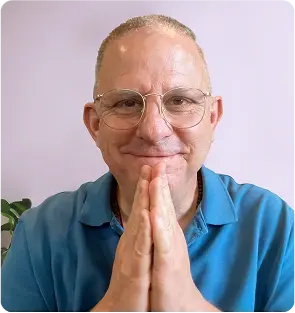
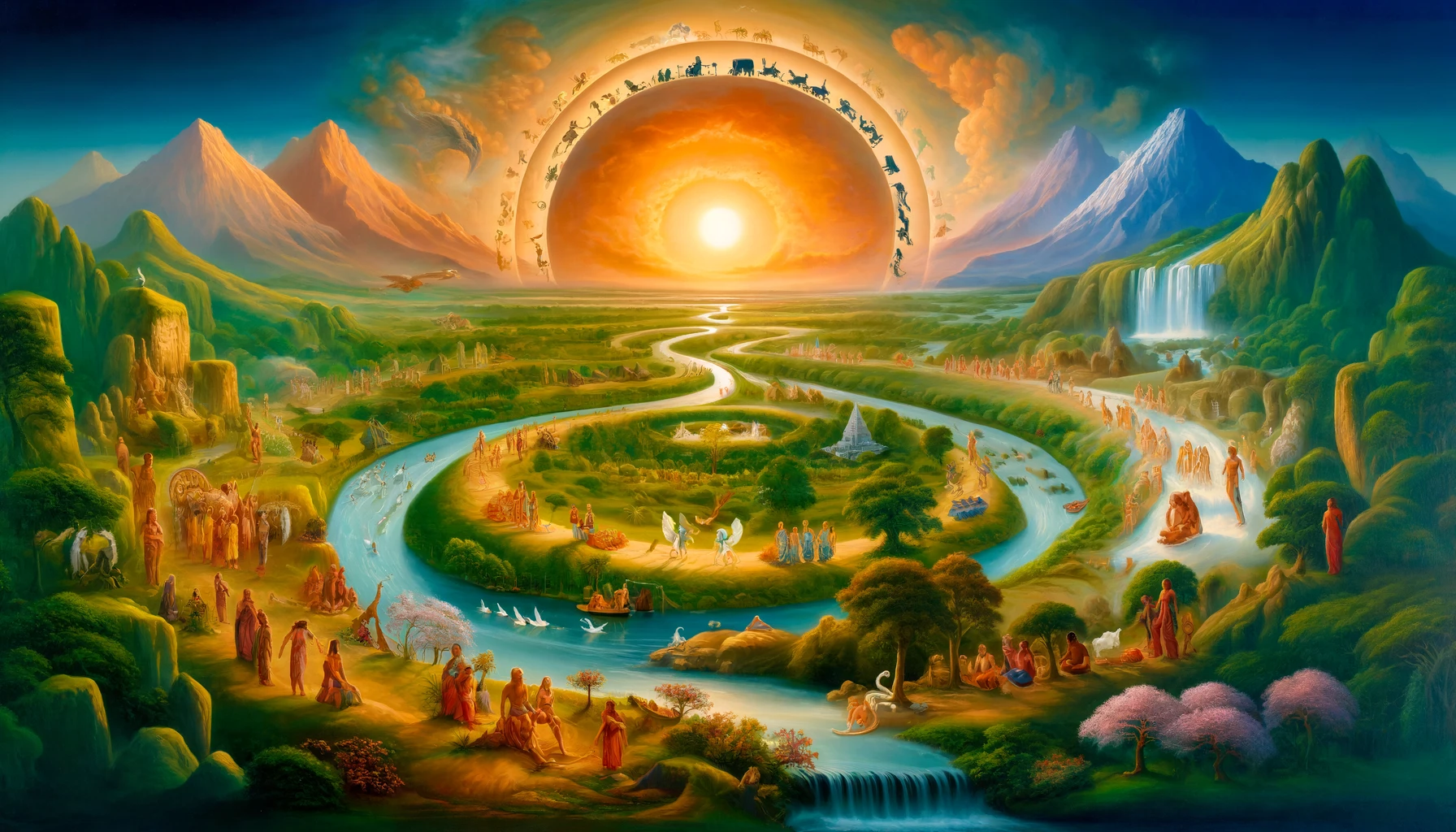
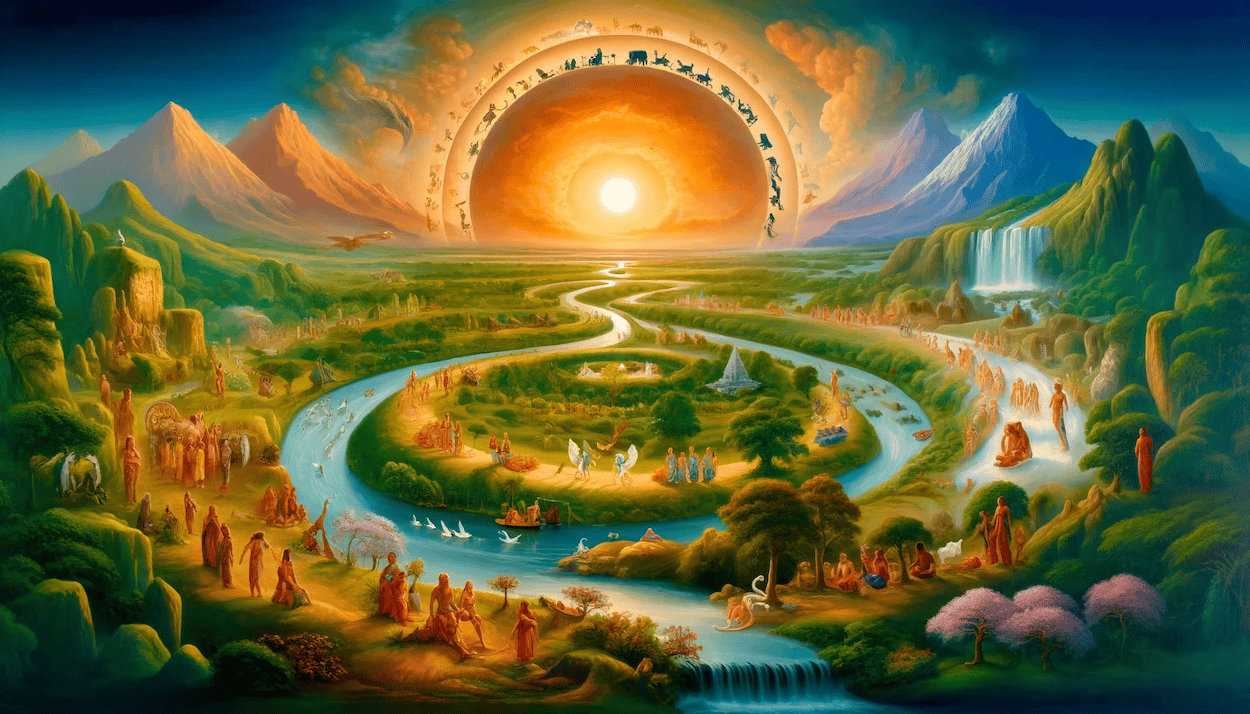 What Is Thought And How Does It Connect To Reincarnation?
What Is Thought And How Does It Connect To Reincarnation?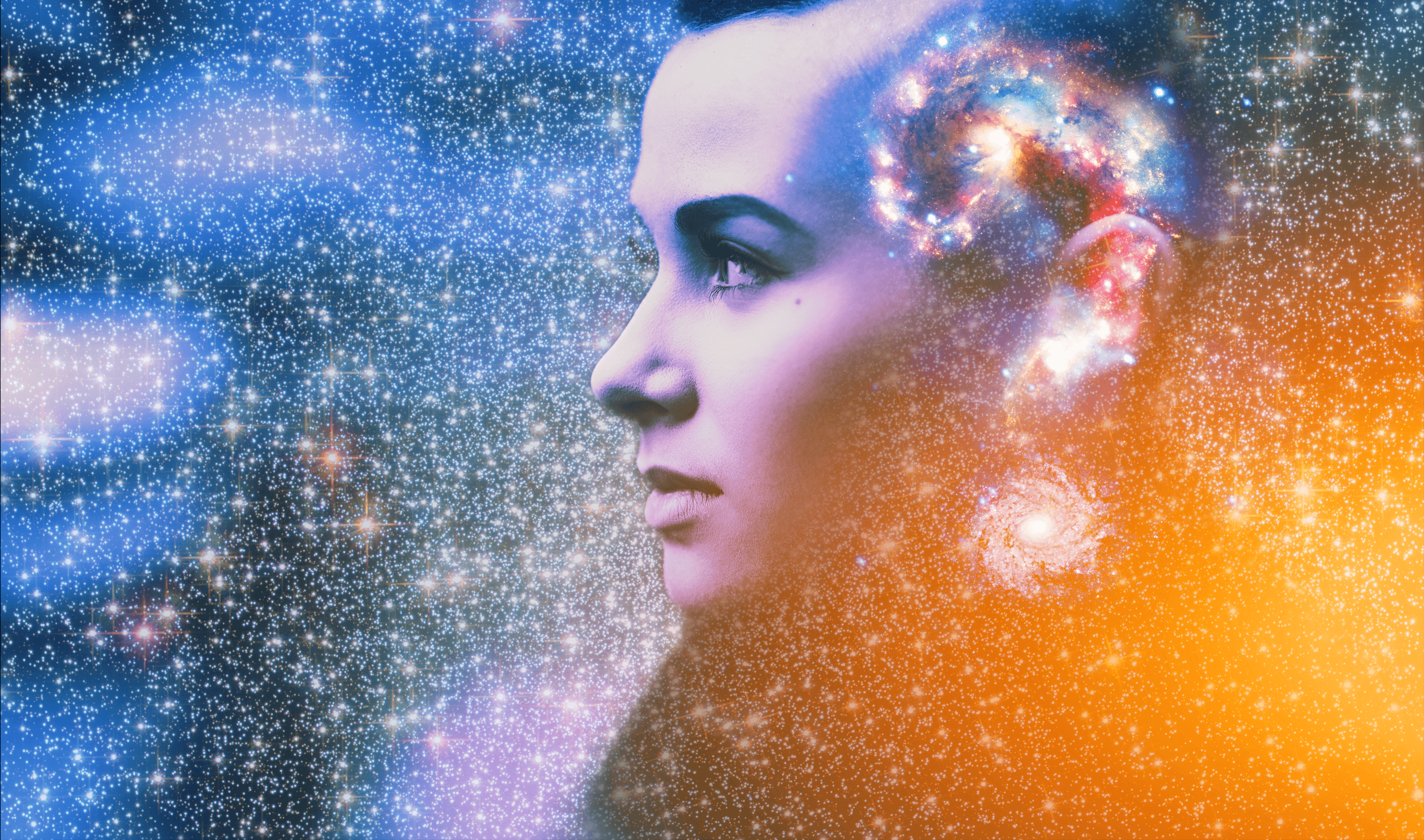

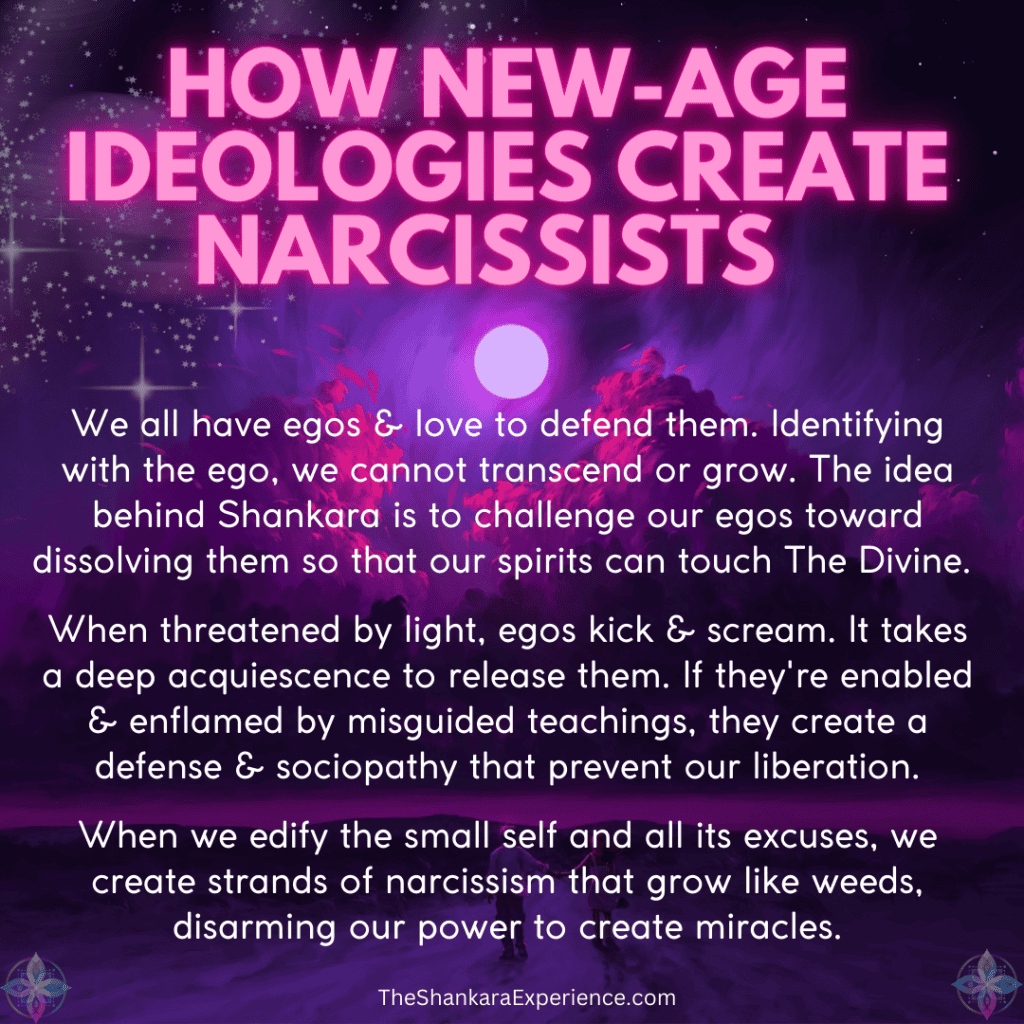 The New-Age Movement: Full of Narcissists Or Truly Magical People?
The New-Age Movement: Full of Narcissists Or Truly Magical People?